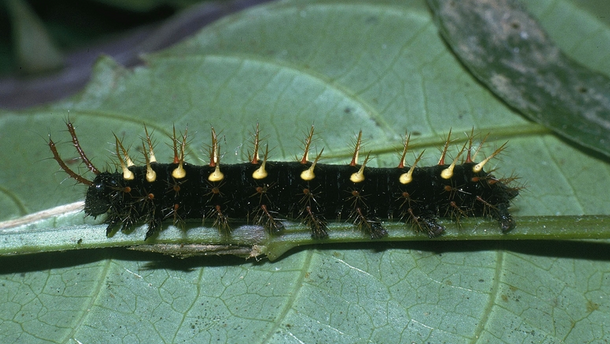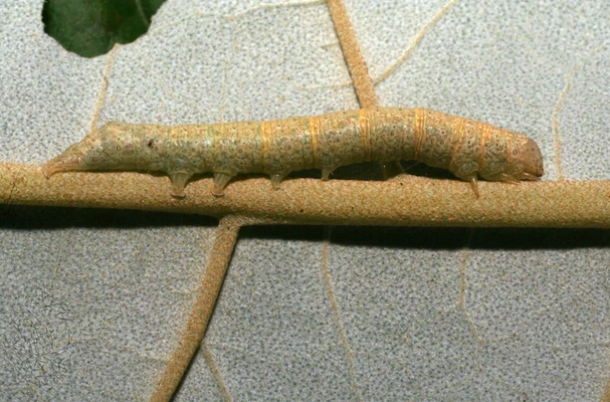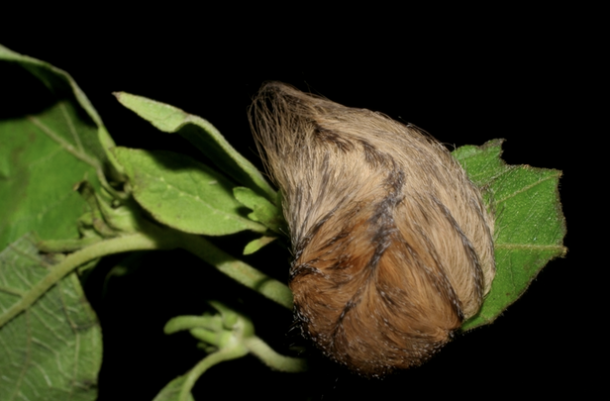One of the many treasures on the Área de Conservación Guanacaste website is the Species Pages (Páginas de Especies). These pages are the result of the dedication, hard work and skill of the parataxonomists. Each page highlights an individual Lepidoptera, plant or vertebrate, which is described in detail in the voice of the particular parataxonomist who has collected and curated the species. Earlier this year, we passed a huge milestone: more than 1,000 species pages on the ACG website! And they continue to be produced at a rapid clip. The sheer abundance and diversity of ACG’s Lepidoptera are beautifully laid out in these posts. We encourage you to check them all out, but here are some excerpts from the most recent additions:
Siproeta epaphus, in the family Nymphalidae: Written by parataxonomist Ricardo Calero, who works at Estación Quica. This butterfly is found mostly in the rain forest, but it is rare and hard to find. The spines and protrusions on the larvae may be one of the ways these caterpillars protect themselves from predators.

Perigea drusilla, in the family Noctuidae: Written by parataxonomist Angel Hernández, who works at Estación Wege. As larvae, these moths eat at night, then rest on the ground or in plant cavities during the day. The caterpillars of this family are known to be agricultural and horticultural pests. Following the larval stage, they form a tough, shiny pupae, eventually metamorphosing into non-descript, brown moths.

Megalopyge dyari, in the family Megalopygidae: Written by parataxonomist Dinia Martinez, who is also at Estación Quica. Dinia notes that this family is well known for the hair that covers their bodies. These moths are primarily found in the dry forest, although they can also be found in the rain forest. Their strange and fluffy hair, while striking, can also cause an allergic reaction if it comes in contact with the skin, possibly requiring medical treatment.
